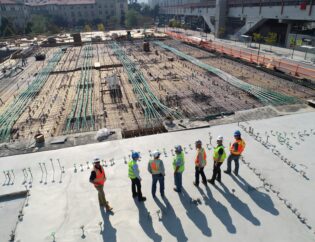
NAVIGATING THE WH-347 FORM: UNDERSTANDING COLUMN THREE AND WORK CLASSIFICATIONS IN CONSTRUCTION PAYROLL
When it comes to managing construction projects and ensuring fair compensation for workers, understanding the intricacies of the WH-347 form is crucial. In this blog post, we'll delve into Column Three, specifically focusing on the work classification and its impact on determining the total package amount paid to workers.
The Significance of Column Three:
Column Three of the WH-347 form is dedicated to the work classification. This column plays a pivotal role as it dictates the total package amount that can be paid to a worker based on the specific type of work they are performing on the job site. The accuracy of this information is paramount to maintaining transparency and fairness in payroll practices within the construction industry.
Understanding Prevailing Wage Rates:
To accurately fill out Column Three, it's essential to be aware that prevailing wage rates can vary from one area to another. These rates are in place to ensure that proper compensation aligns with the specific region and the nature of the construction project. To find the prevailing rates, project managers must be familiar with the type and location of the project.
Selecting the Trade Classification:
Once prevailing rates are determined, the next step is selecting the appropriate trade classification. This information can be found by examining the tasks performed by each worker on the job site daily. It's crucial to match the actual job duties with the corresponding trade classification. If the desired trade classification is not evident, a separate process involves requesting the proper classification.
Ensuring Proper Payment:
After identifying the trade classification for each worker, it's imperative to ensure they are paid the minimum total package amount for the specific type of work they performed on the job site. Failure to meet these standards may result in restitution owed to the worker.
In conclusion, Column Three of the WH-347 form is a key element in the fair and accurate compensation of construction workers. By understanding the work classification and following the proper procedures outlined in this post, project managers can navigate the complexities of payroll and contribute to a transparent and equitable work environment in the construction industry.










